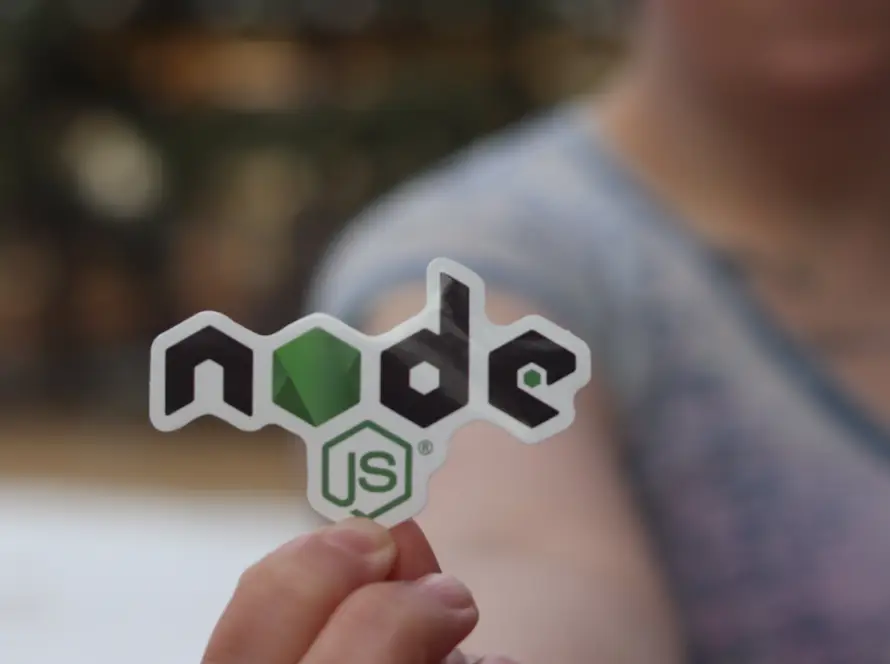Generated by Contentify AI
- Introduction
- Choosing the Right IDE
- Installing Node.js
- Setting Up Package Management
- Configuring a Development Server
- Conclusion

Introduction
To set up a Node.js development environment, it’s crucial to choose the right Integrated Development Environment (IDE) for coding. IDEs like Visual Studio Code, WebStorm, and Atom provide robust features and support for Node.js development. The chosen IDE should offer capabilities such as code debugging, syntax highlighting, and package management, to streamline the development process. Selecting the appropriate IDE lays the foundation for a productive and efficient Node.js development environment.
Choosing the Right IDE
When setting up a Node.js development environment, one of the critical decisions is choosing the right Integrated Development Environment (IDE). An IDE is essential for efficient coding, debugging, and package management. Popular choices like Visual Studio Code, WebStorm, and Atom offer robust features tailored for Node.js development. Consider factors such as ease of use, community support, and compatibility with Node.js tools and frameworks when selecting the IDE that best suits your needs. The right IDE will significantly impact your development workflow and productivity.
Installing Node.js
When setting up a Node.js development environment, it’s crucial to choose the right Integrated Development Environment (IDE) for coding. IDEs like Visual Studio Code, WebStorm, and Atom provide robust features and support for Node.js development. The chosen IDE should offer capabilities such as code debugging, syntax highlighting, and package management, to streamline the development process. Selecting the appropriate IDE lays the foundation for a productive and efficient Node.js development environment.
Setting Up Package Management
When setting up a Node.js development environment, choosing the right Integrated Development Environment (IDE) is crucial for efficient coding, debugging, and package management. IDEs like Visual Studio Code, WebStorm, and Atom offer robust features tailored for Node.js development. Consider factors such as ease of use, community support, and compatibility with Node.js tools and frameworks when selecting the IDE that best suits your needs. The right IDE will significantly impact your development workflow and productivity.
Configuring a Development Server
When setting up a Node.js development environment, configuring a development server is a crucial step. A development server allows you to run and test your Node.js applications locally before deploying them to a production environment. One popular choice for a development server is Express.js, which is a minimal and flexible Node.js web application framework. By using Express.js, you can easily set up routes, handle requests, and manage middleware, providing a solid foundation for building and testing your Node.js applications. Additionally, tools like Nodemon can automatically restart the server when changes are made to the code, streamlining the development process. Configuring a development server effectively is essential for creating a seamless and efficient Node.js development environment.
Conclusion
In conclusion, setting up a Node.js development environment requires careful consideration of various elements, from selecting the right IDE and installing Node.js to configuring package management and a development server. By choosing an appropriate IDE and ensuring the necessary tools and frameworks are in place, developers can establish a robust environment conducive to efficient coding, testing, and debugging. Additionally, optimizing package management and configuring a development server further enhances the development workflow, enabling seamless local testing and deployment. Ultimately, a well-structured Node.js development environment lays the groundwork for successful and productive software development projects.
Key Takeaways
- Install Node.js and npm by downloading the package from the official website or using a package manager
- Choose a code editor or IDE such as Visual Studio Code or Sublime Text for writing Node.js code
- Utilize Node Package Manager (npm) to manage project dependencies and run scripts



